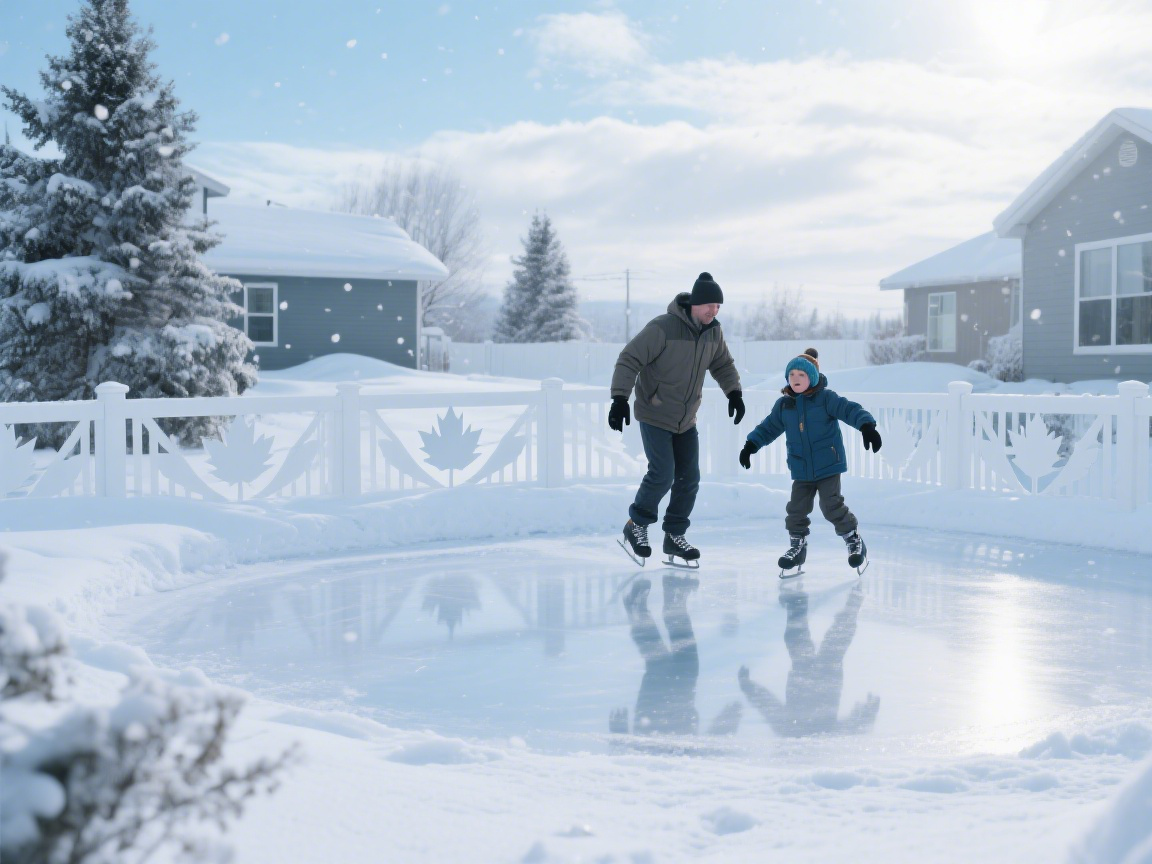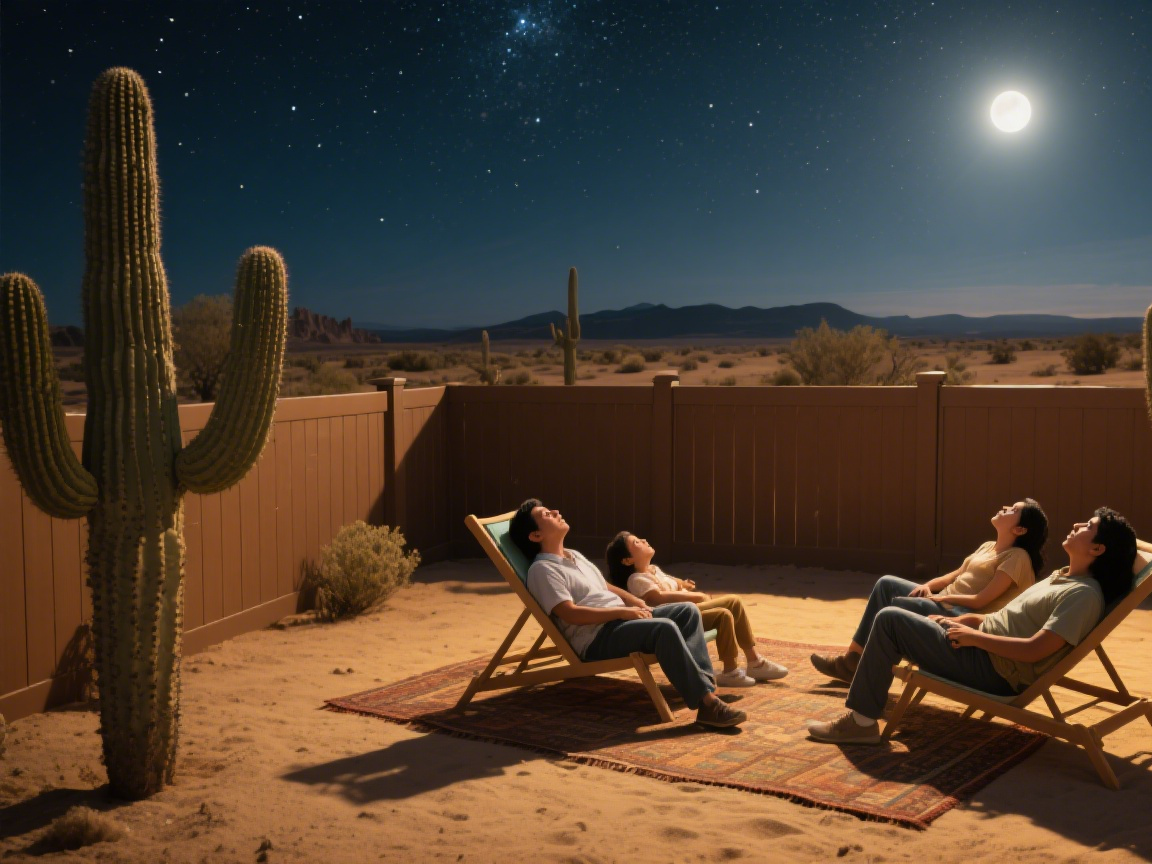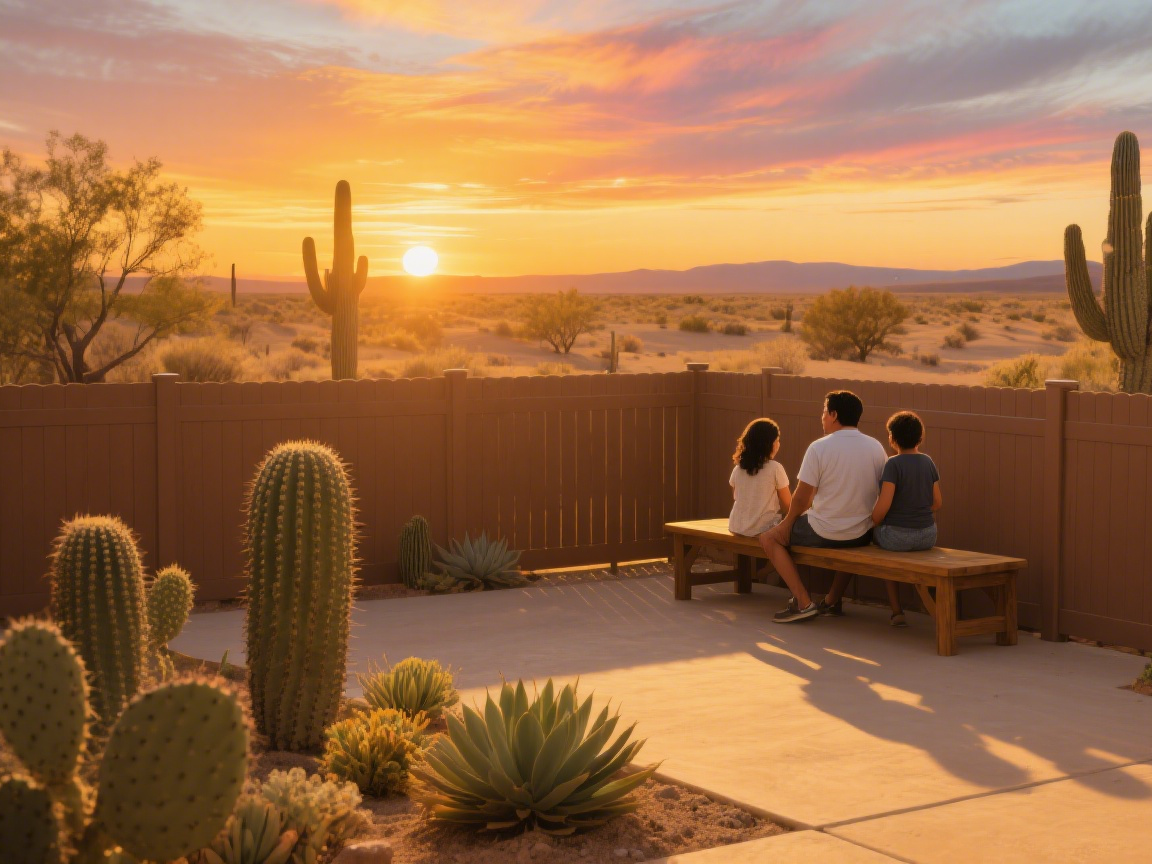On the vast South American continent, from the hot and humid Amazon rainforest to the dry and windy Pampas grasslands, the climate and geographical environment of different regions have created diverse living scenarios. However, more and more South American families are regarding PVC fences as the all – around choice to deal with complex climates and improve the quality of life when creating courtyards. The Silva family in Amazonas State, Brazil, and the Rodriguez family in Buenos Aires, Argentina, are vivid epitomes of how PVC fences adapt to the unique environment of South America.

Amazonas State, Brazil: A Durable Barrier in the Tropical Rainforest
The Silva family lives on the edge of the tropical rainforest outside Manaus, Brazil. Here, it is hot and humid throughout the year, with an average annual rainfall of more than 2,000 millimeters, and there are often heavy rains and termite infestations. Previously, the wooden fence in their courtyard quickly decayed in the hot and humid environment. The surface of the wood was covered with mold, and it was even hollowed out by termites. More than half of the fence collapsed in only two years. During heavy rains, the fence would deform due to water absorption and expansion, and muddy rainwater mixed with rotten wood chips would pour into the courtyard, making the cleaning work extremely troublesome.
When consulting in the local building materials market, Mr. and Mrs. Silva were attracted by a PVC fence with rainforest vine patterns. This fence is coated with anti – ultraviolet and anti – mold coatings, which can not only resist the strong sunshine in the Amazon but also remain dry in an air humidity of more than 90%. After installation, the performance of the PVC fence far exceeded expectations: under the rush of heavy rain, the hydrophobic coating on the surface of the fence allows rainwater to slide off quickly, and mold cannot grow; the special anti – termite structure prevents termites from invading, and the fence remains as strong and new as ever. Now, the Silva’s courtyard is planted with tropical orchids and fruit trees. The children build tree houses and chase macaws inside the fence without worrying about the safety hazards caused by the damage of the fence.

Buenos Aires, Argentina: An Aesthetic Defense Line in the Prairie Climate
The Rodriguez family lives on the edge of the Pampas grasslands in Buenos Aires. Here, the four seasons are distinct. It is hot and dry in summer, and the winter is often invaded by strong winds. Under the dual action of day – night temperature difference and salt moisture, the metal fence is covered with rust in just three years. What troubles them more is that the “Pampero” strong wind in spring every year will scrape the iron sheet of the fence out of shape, and even overturn part of the structure, and the maintenance cost is increasing year by year.
Recommended by neighbors, they chose a dark gray PVC fence with imitation stone texture, 2 meters high, and the bottom is embedded in a concrete foundation to enhance wind resistance. The impact – resistant material of this fence remains stable even in strong winds of level 8, and the weather – resistant coating on the surface does not change color or crack in the temperature difference from – 5℃ to 35℃. After installation, the Rodriguez’s courtyard was instantly revitalized: the fence complemented the red brick house in the traditional Argentine manor style. At dusk, the embedded light strips on the fence introduce the light and shadow of the prairie sunset into the courtyard. The family often gathers around the grill inside the fence. Despite the strong wind howling outside, the courtyard remains warm as usual.

From Rainforest to Grassland: The South American Survival Philosophy of PVC Fences
Whether it is the challenge of hot and humid rain in the Brazilian rainforest or the test of strong wind and temperature difference on the Argentine grassland, PVC fences show all – around adaptability with “local conditions” design. In South America, it is not only a physical barrier but also becomes a carrier that integrates regional culture and life aesthetics – Brazilian families use colorful carved fences to echo the vitality of the rainforest, and Argentine families use simple line fences to match the openness of the grassland. When the Silva’s children observe butterflies breaking cocoons under the PVC fence, and when the fragrance of the Rodriguez’s barbecue floats to the grassland through the fence, the PVC fence has long exceeded the practical function and become a living witness of South American families living in harmony with nature.
